Slab Leaks Repair
Important Point
Reparation of slab leak is needed if your house is undergoing water leakage under the cement plate. Determining the slab leak repair cost is crucial for homeowners.
The slab repair specialists will use epoxy pipe liners to seal the broken pipe. They will do a camera inspection to see the extent of the damage.
If trenchless repair is viable, they will clean the pipe, place the epoxy pipe liner and inflate it, and then let it cure.
lab leaks can lead to many causes, serious damage and costly repair work.
Slab Leaks Repair Costs
Depending on the difficulty to determine where the leak is, the average cost of slab leak repair, including a leak from professionals coming home to find the leak, are between $150 and $400. Moreover, it can cost around $2,000 to rip off concrete and remedy the tube damage.
When your water or sewer lines are under concrete sheets, there is a plaque leak. As the pipes of your home get older, they start cracking and leaking.
These leakages can be a serious problem. Although the problem is usually very easy to resolve, it can be difficult to identify the source of the leak.
Slab leaks in water and in the sewer lines may occur, and the signs of each may differ (How to detect a slab leak). When the source of the leak is a waterline, you’ll notice a rise in your floor, a rise in your water load, the sound of running water, random warm spots on your floor, or random mould.
You may notice a leak in your foundation or a high floor spot or soils being washed away from the foundation of your home for no apparent reason if the sewer line is the source of the leaking. It is important for these signs to be kept in mind and not ignored once you realise them.
Useful Article for You
- What Is a Contour Interval
- What Is Tile
- What Is the Difference Between a Shower Pan and a Shower Base?
- What Is a Window Panel
- Type of Arch
- What Is a Frame Structure
- What Is the Measurement for a Queen Size Bed
- What Is Considered Livable Space
- What Is One Way You Can Save Electricity?
- What Is Mdf Mean
- What Is a Bundle of Shingles
- What Is a Gallon of Water Weigh
- What Is SuperelevationWhat Is Overhang
- What Is Sand Blasting
- What Is a Span Bridge
- What Is the Little Black Diamond on a Tape Measure
- What Is a Louvered Door
- What Is Leveling
- Different Types of Beam
- What Is Pedestal
- Rcc Cost Calculator
- What Is Plumbing Fixtures
- What Is Slab Construction
- What Is Calacatta Quartz
- What Is Auxiliary View
- Soft Floor Coverings
- Sheepsfoot Roller
- Live Load Vs Dead Load
- What Is 1 Flight of Stairs
- What Is Refractory Cement
- What Is Luminous Flux Vs Lumens
- What Is a Frost Wall
- What Is an Undercoat
- What Is Road Pavement
- Arch Foundation
- What Is a Stair Landing
- Concrete Crack Repair Before and After
- What Is Stone Masonry
- What Is a Spandrel Beam
- What Is Pier and Beam Foundation
- What Is Levelling
- What Is a Pile Cap
- What Is a Mat Foundation
- What Is a Floating Slab
- What Is the Purpose of Foundation
- What Is Modulus of Rupture
- What Is a Flush Door
- What Is Residential Construction
- What Is the Best Foundation for a House
- What Is Oblique Drawing
- What Is a Benchmark in Surveying
- What Is a Engineering Drawing
- What Is an Admixture
- What Is a Monolithic Slab Foundation
- What Is the Standard Size Water Supply Line
- What Is the Difference Between Tension and Compression?
- What Is a Tremie
- What Is Tributary Area
- What Is Shoring Construction
- What Is a Cason
- What Is Wall Putty
- What Is the Difference Between Mortar and Concrete
- What Is Bhk
- What Is Sbc of Soil
- What Is Plinth Level
- What Is Water Proofing
- What Is Mix Design of Concrete
- What Is Fine Aggregate
- What Is Retention Money
- What Is Design Mix
- What Is Isometric Scale
- What Is Development Length
- What Is Superelevation
- What Is Wall Made Of
- What Is Micro Piling
- What Is Soil Stack
- What Is a Half Wall Called
- What Is Flagstone
- What Is a Cinder Block
- What Is Plinth
- What Is Floors
- What Is Centering in Construction
- What Is a Drop Manhole
- What Is a Small Bulldozer Called
Causes of Slab Leakage
Here, the causes of slab leakage are as follows.
1. Plumbing Materials Can Cause Slab Leaks
The leakage of a plumbing system is a consequence of some type of failure in a home. The defect may arise from the defective installation, weakened water lines, chemical reactions of the earth’s metals to metals in the plumbing system, or the rolling of drum soil under the platform.
Here, the plumbing materials that can cause slab leaks are as follows.
1.1. Cast Iron Pipe
For most homes constructed before the 1960s, the cast iron pipe has been the main staple, although plastics are more popular since then. Cast iron plumbing lines in a house over the ground offer certain advantages.
Cast iron vibrates less than plastic, so you don’t hear water running through the lines so easily. It is very long-lasting and will not burn – important in the event of a fire. However, water and minerals on the ground can corrode unprotected cast iron installed as underground service lines.
In order for some cast iron pipes produced today to be covered in a protective material. The pipes that were commonly used in the 1960 are far superior.
1.2. Galvanised Steel Pipes
In homes through the 1950s, galvanised steel pipes were common. Galvanized steel is strong, as cast iron, but corrosion-susceptible. The galvanised tube is also more likely to be obstructed.
The pipes finally wear out their inside cover, making the pipes vulnerable to accumulation of roost and minerals, which can block solid lines with minerals and waste materials. The lifetime of the plumbing tube is around 50 years.
1.3. Rigid Copper Pipe
Rigid copper pipe remains popular for hot and cold water supply lines in particular.
1.4. Flexible Copper Pipe
For water supply lines of devices like icemaker refrigerators and dishwasher, the Flexible Copper Pipe is used. Copper is long lasting and resistant to corrosion. In various wall thicknesses copper pipe comes. Using copper pipe with thickest walls, underground lines should be run.
Careful installation is still required at that time. A dent in a water line can finally wear a small hole in the pipe, due to the constant flow of water.
1.5. Plastic Pipes
Plastic pipes can be used over or under the ground, resistant to corrosion. Plastic is corrosion-resistant and relatively easy to handle. Includes most common types:
1.5.1 ABS (Accrylonitrile Butadien Styrene)
black in colour, the first plastic pipe to be used for residential plumbing was the ABS (accrylonitrile butadien styrene).
ABS joints have been difficult to keep together, which has caused some municipalities to refuse to accept them in new buildings.
A failure under a dome leads to a very expensive dome leak. Also, when exposed to direct sunlight, ABS is deformed and therefore not suitable for all overseas systems.
1.5.2. PVC (Polyvinyl Chloride Pipe)
The most commonly used plastic plumbing pipe now is PVC (polyvinyl chloride pipe). Colors include white to drain and irrigation lines, blue to potable water, green to sewer water, purple to water, grey to power supply.
1.5.3. CPVC (Chlorinated Polyvinyl Chloride Pipe)
(chlorinated polyvinyl chloride pipe – like PVC, but CPVC has different physical properties in the chlorination process. CPVC is more appropriate for hot water lines than for PVC, because it is capable of resisting higher temperatures.
1.5.4. PEX (Cross-Connected Polyethylene)
The newest plastic tube is PEX, which is an alternative to PVC, PEX and copper. PEX (cross-connected polyethylene) is the newest. It is flexible, easily cuts and uses compression fittings, making it relatively easy to instal PEX.
It has a few inconveniences too. Secure connections require a certain level of skill and flexibility may cause problems with vibration and motion. If PEX is not carefully secured, movement over structures like floor joints and rafters may be abraded.
Useful Article for You
- Zero Force Members
- How Much Does a Yard of Concrete Weigh
- Cmu Wall Meaning
- Gradient Road
- Budget Sunroom Ideas
- Types of Vaulted Ceilings
- How Does Baking Soda Remove Blood from Carpet
- What Are Forms in Construction
- How Heavy Is Dirt
- Tender Meaning in Architecture
- Dark Olive Green House
- Cast in Place Concrete
- Lean to Roof
- How Tall Is an Average Door
- Grade Beam Foundation
- Window Sill Height
- Concrete Cold Joint
- Types of Traps
- Types of Pipe
- Wood Supporting Beams
- Home Depot Scrap Wood
- Lvl Beam Size Calculator
- Structural Shell
- Curb Types
- Msand
- Optimum Dry Meaning
- Disadvantages of Low-E Glass
- Bridge Abutment Definition
- Composite Masonry Wall
- Is Cedar a Hardwood or Softwood
- Modified Proctor Test
- Physical Properties of Sand
- Sugar in Concrete
- Crane Machine Construction
- Types of Gable Roofs
- Door Frame Types
- How Much Does 55 Gallons of Oil Weigh
- Dog Leg Stairs
- Concrete Salt Finish
- Westpoint Bridge Builders
- Types of Porches
- Roof Pitch Types
- Types of Weirs
- Asphalt Floor
- Dutch Roof
- #6 Rebar Weight Per Foot
- Prizmatic Compass
- Bond Break Concrete
- Poured Concrete Wall Cost Calculator
- How Many 60 Lb Bags of Concrete in a Yard
- Wood Fence Post Spacing Chart
- Falsework
- Design of Building Structures
- Topping Slab
- Types of Cinder Blocks
- Fresh Concrete
- Door Colors for Red Brick House
- Foundation Spalling
- Clear Cover Concrete
- Tiles Brand
- Cement Consumption in Plaster
- Aggregate Density Kg M3
- Load Bearing Wall Construction
- Weight of Concrete Slab Calculator
- Is Clay Smaller Than Silt
- How to Calculate Dead Load
- Bad Concrete Work
- Stepped Foundations
- Residential Construction Cost Estimator Excel
- Different Construction Trucks
- Septic Pump Replacement Cost
- What Is Rcc Value Day
- What Is a Highway Flyover
- Tie Beam Concrete
- Cyclonic Precipitation
- M30 Concrete Ratio
- Top 20 Pvc Pipe Brands in India
- Footing Vs Foundation
- Parts of an Arch
- Matt Footing
- How Heavy Is a Steam Roller
Signs You May Have a Slab Leak
Here, the signs of slab leakages are as follows.
- Higher bills of water without personal use increased.
- Running water sounds when there are no open taps.
- A crack develops foundation.
- Floor coverings discolored or damp.
- Sites on floors warm or damp.
- Floors and walls smell bad.
- Inappropriate growth in lawns or base plants.
- Structure-around visible soil shift.
Options for Slab Leak Repair
The options for slab leakages are as follows.
1. Pipe Rerouting/Re-Piping
In some cases, especially when considering reroute plumbing cost, the most suitable way to re-pipe the entire building is when the plumbing of a home is encircled in concrete and cannot be reached without destroying the lattice.
Instead of underneath, the water supply can be routed around the platform. The plumber determines where new rods, as in walls, can be installed through the shelter, closets and other structures that can dissimulate and protect them.
A bit of creative woodworking can sometimes add a new feature to hide the pipes, such as crown moulding.
Whereas new lines are installed, water continues to pass through the old plumbing system so you don’t need to leave during the work. Then you shut down old lines and open the new lines.
2. Break Through the Slab
The shortest distance from the source may be directly down the concrete plate, but it can be the most disruptive and costly one.
That is why we cut through the plate if for some reason other options are not available or less attractive. It does not fit any solution in one size.
3. Tunneling Beneath the Slab
Tunneling under the plate offers a number of advantages to homeowners: you can remain in your home while you work, the mess is kept outside, and often the cheapest solution.
It is important to correctly replace the removed dirt.
After installing the new plumbing and testing, we replenish the tunnel with the soil previously removed. We water the soil and put it firmly in place using metal tamps.
Trenchless Pipe Repair
Here, the pipe lining and pipe bursting leakages are as follows.
- The CIPP pipe lining has become a popular option for many owners because the problem area does not involve trenching or very few digging.
- The concept is simple breached water lines can be remedied by lining a broken battery inside with a dry and hard epoxy couch to form a new tube. Sometimes pipe bursting is used to replace damaged water lines, also known as pipe splitting.
- It’s also a trenchless solution, but instead of lining the inner side of the damaged water line with epoxy, a new pipe with a ‘break head’ is inserted that is slightly bigger than the damaged pipe diameter.
- The old pipe is destroyed by pushing or pulling it through.
Does Homeowners’ Insurance Cove Slab Leaks
- The insurance provides protection against the fire, theft and certain types of storm harm to your home and personal property.
- It also protects you if you are harmed while someone does not live in your house. All injuries caused by pets are also included.
- The insurance for homeowners does not cover the inadequacy or damage caused to your house by floods or earthquakes. But you can get separate insurance policies for earthquakes and floods.
Homeowners Insurance Generally Covers Three Areas
- Your home and other outbuildings such as your garage or sheds.
- Your personal items, such as clothes, electronics and furniture.
- Covering the liability for someone who is injured while visiting your home or if their property is damaged.
Also, Read: What Is Lap Length | Lap Length of Column | Lap Length of Slab | Lap Length of Beam
An Ounce of Prevention of Slab Leakage
Here, we are following steps for prevention of slab lekage.
- The foundation and the ground should not have any gap.
- Cleaners for chemical drain and other household cleaners are harsh and may harm plumbing systems.
- Too acidic water can have the same effect as hard chemicals, and bear in mind that it is constantly in your water lines.
- Most home plumbing systems are designed for 40-60 PSI maintenance. Higher pressure places added stress on pipes and joints which can lead to leaks at weak places and pipelines.
- The annual plumbing inspections on your heating and air conditioning systems are just as important as annual tune ups. Any leak remedied will probably save enough for the inspection costs on your water bill.
Slab Leaks
The hot water slab leak repair cost can vary, but on average, a slab leak costs $2,280 to repair, including slab leak detection cost. Prices depend on the location of the leak and breaking through concrete to repair it. A leak that’s easy to access might only cost $630; a difficult location could raise the price to $4,400 or higher.
Slab Leak Detection Companies
Finding the leak costs $280 on average, with most homeowners paying between $150 and $600. A slab leak is when the water line beneath your home’s foundation springs a leak.
Slab Leakage Repair
One method to address the cost of slab leak repair is by jack-hammering the concrete slab, digging down to the pipe, and fixing it. In some cases, rerouting plumbing lines in slab foundation might be a more cost-effective solution. The second way is to dig a tunnel through the dirt under the slab from the outside all the way to where the leak is.
Slab Water Leak Repair
- Pipe Rerouting/re-Piping. Sometimes It Makes Sense to Avoid Digging Altogether and Reroute Plumbing Above Ground.
- Break Through the Slab.
- Tunneling Beneath the Slab.
- Trenchless Pipe Repair – Pipe Lining and Pipe Bursting.
Finding a Slab Leak
It’s easier to find the warm spot, especially when considering the water leak repair cost in comparison to a cold water leak where there’s not much difference in temperature from the water leaking below the slab. Number five the water heater is constantly.
Slab Leak Detection and Repair
Considering the cost to repair slab leak, the average slab leak costs $2,280 to repair, including detection. Some homeowners also face the challenge of a leak in slab cost to repair, which can vary based on the severity. Prices depend on the location of the leak and breaking through concrete to repair it. A leak that’s easy to access might only cost $630; a difficult location could raise the price to $4,400 or higher.
Concrete Leak Detection
- There Is Water or Damp Spots on Your Floor, which might require a cement sheet leakage solution or even epoxy slab leak repair. If Hot-Water Lines Are Leaking, This May Also Lead to Warm Spots on Your Floor.
- You Can Hear the Sound of Rushing Water Underneath Your Floor.
- There Is a Significant Increase in Your Water Bill.
Water Line Slab Leak
A slab leak is a leak in the water pipes under your home – specifically, under the foundation or concrete slab that your home is built upon. Such a leak can cause damage to your home by flooding your home with water and destroying your flooring and causing damage to your sheetrock and paint.
Leak Under Foundation Slab
Slab leaks can be a costly affair. According to homeadvisor, the national average of a slab leak repair job is about $2,280. Meanwhile, the average cost of a simple pipe repair is about $630.
Like this post? Share it with your friends!
Suggested Read –
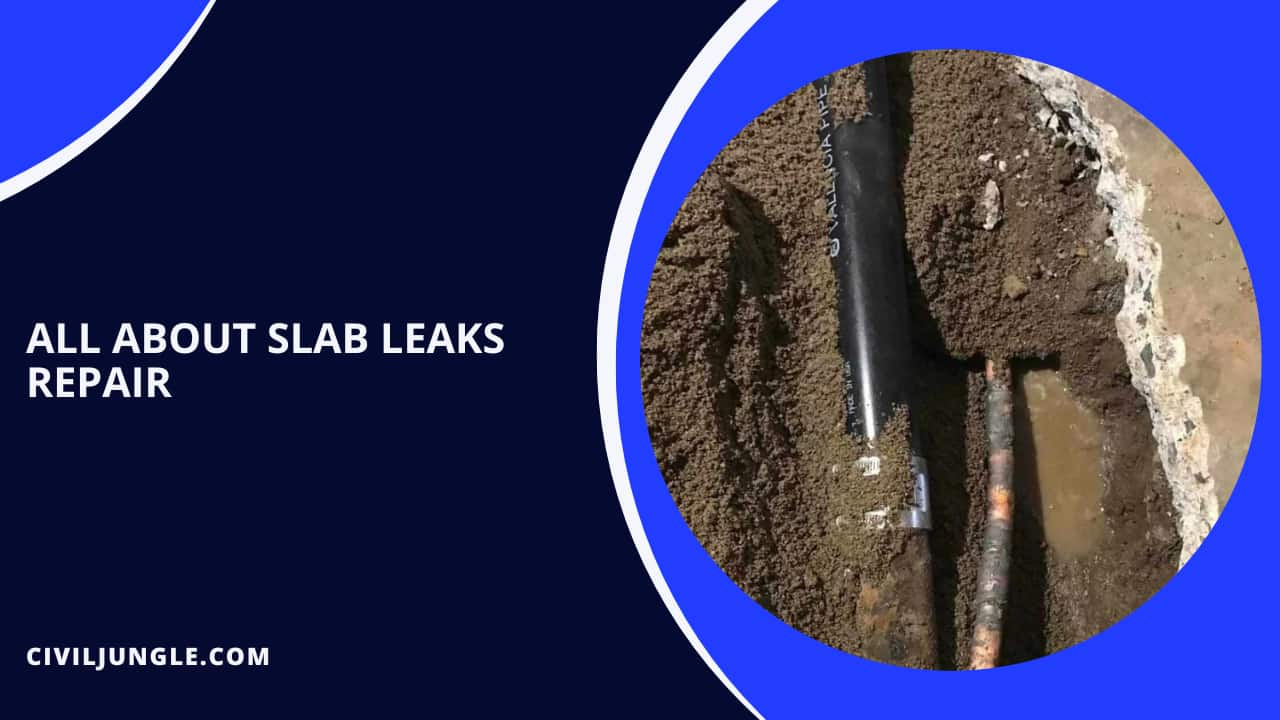
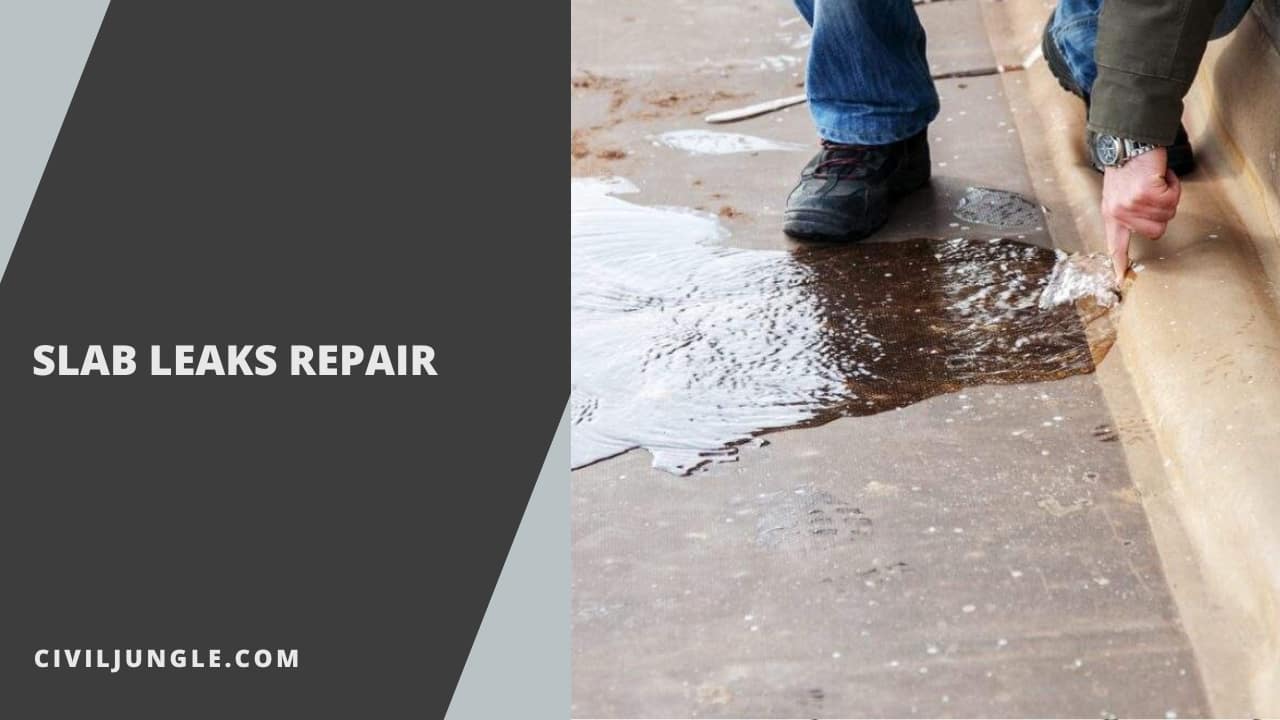
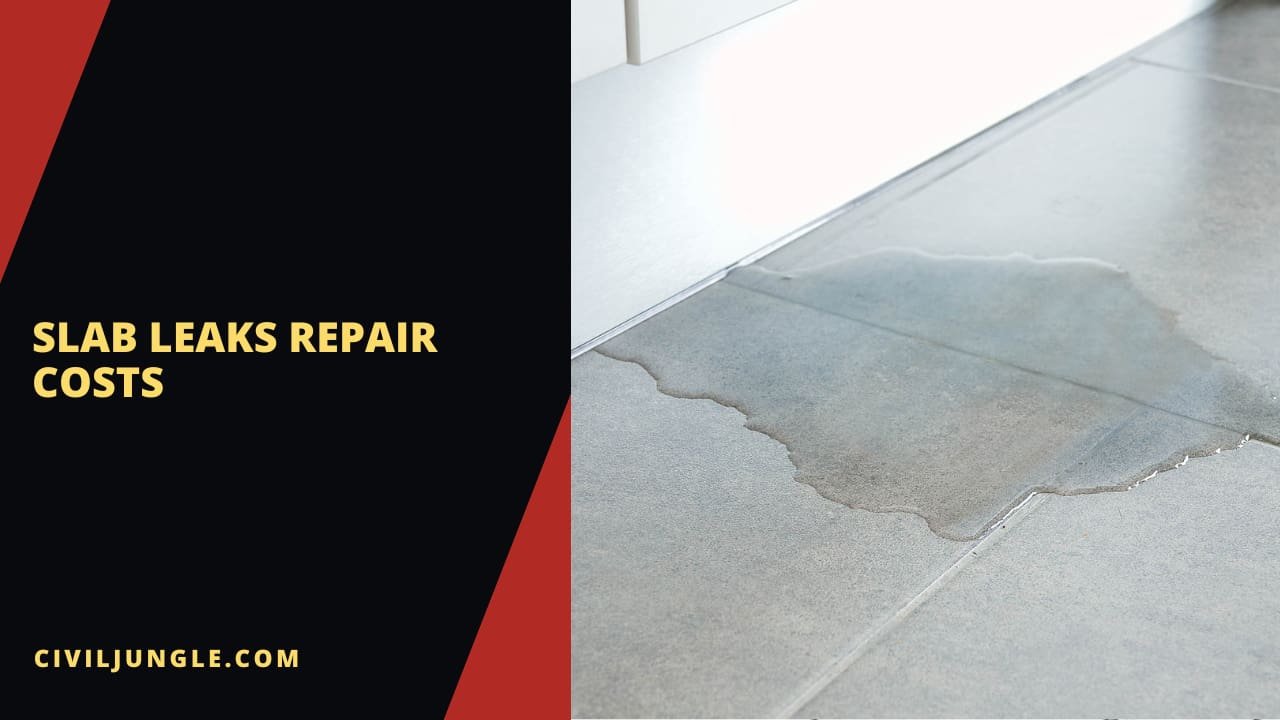
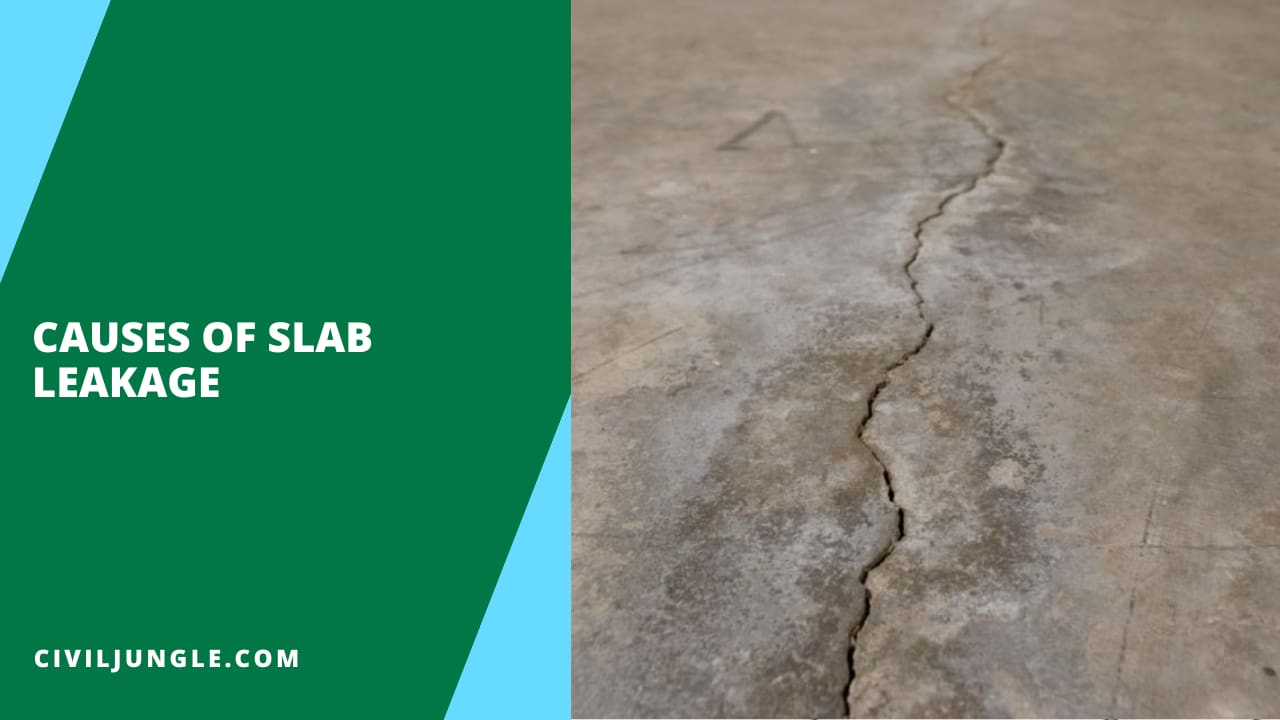
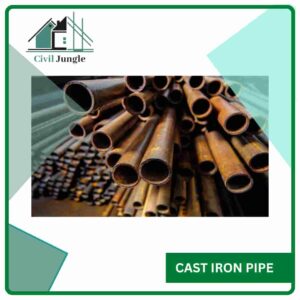
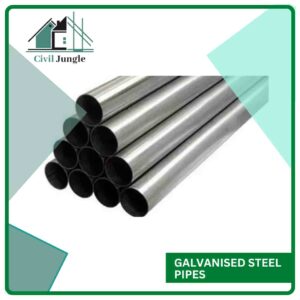
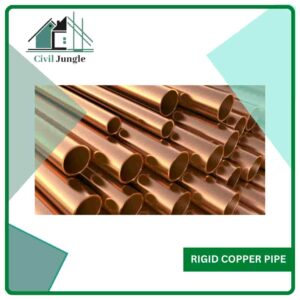
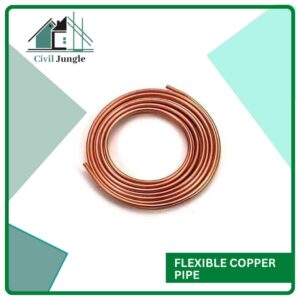

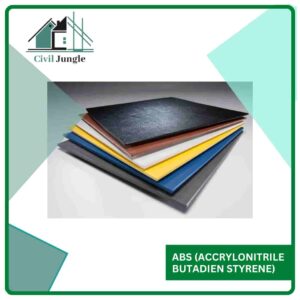
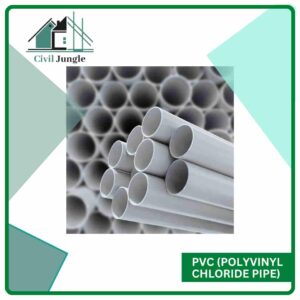
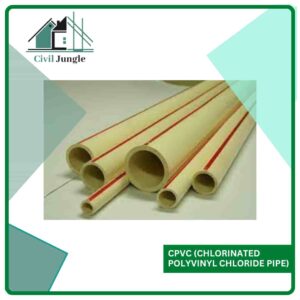
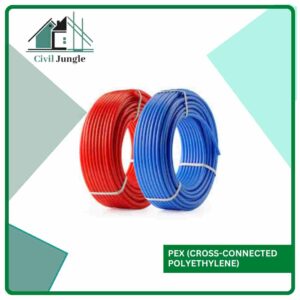
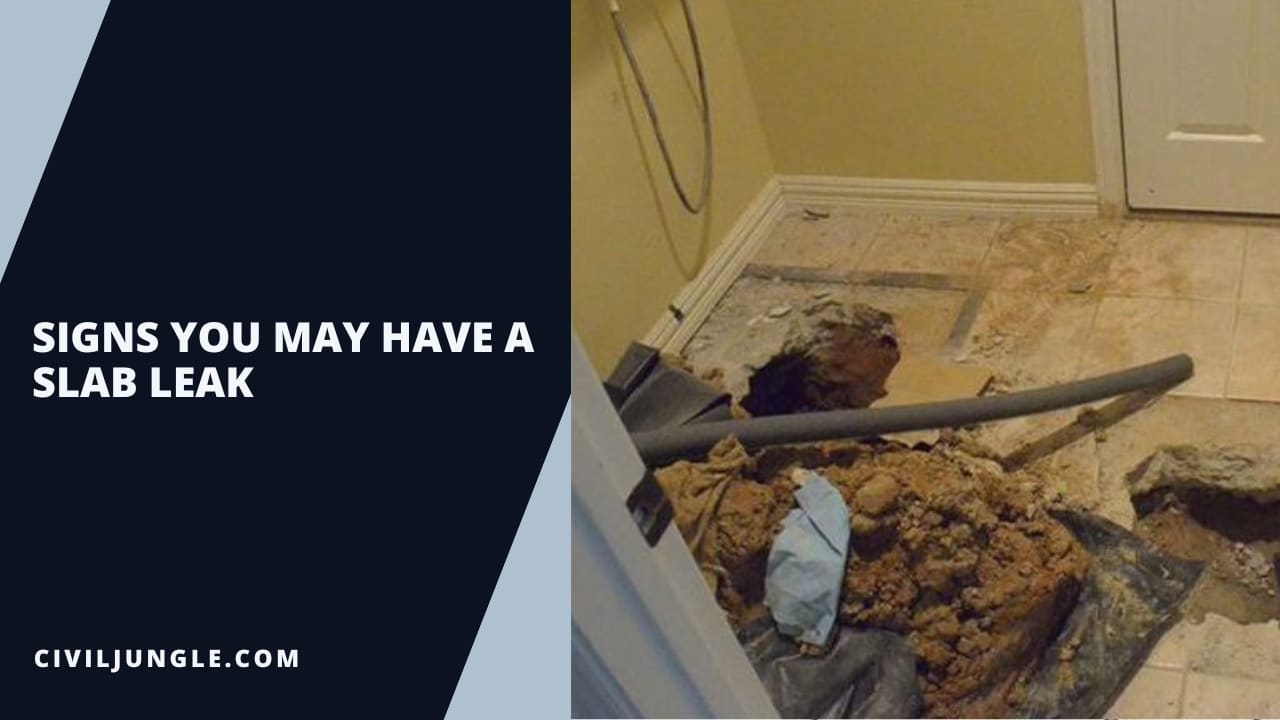
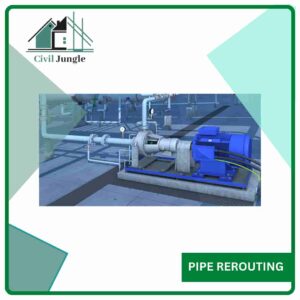
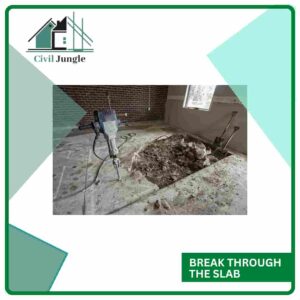
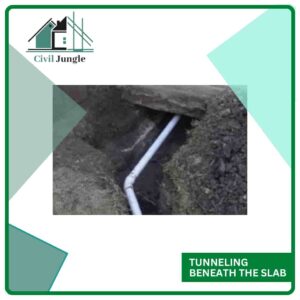
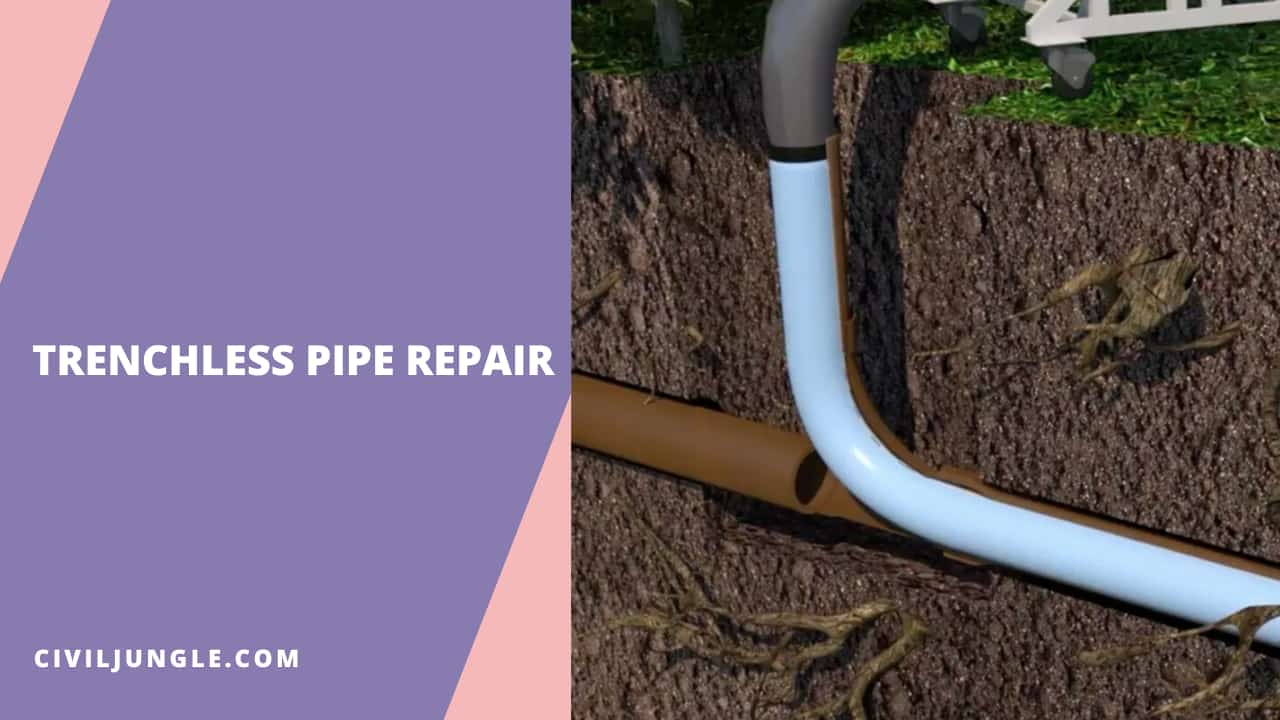

Leave a Reply